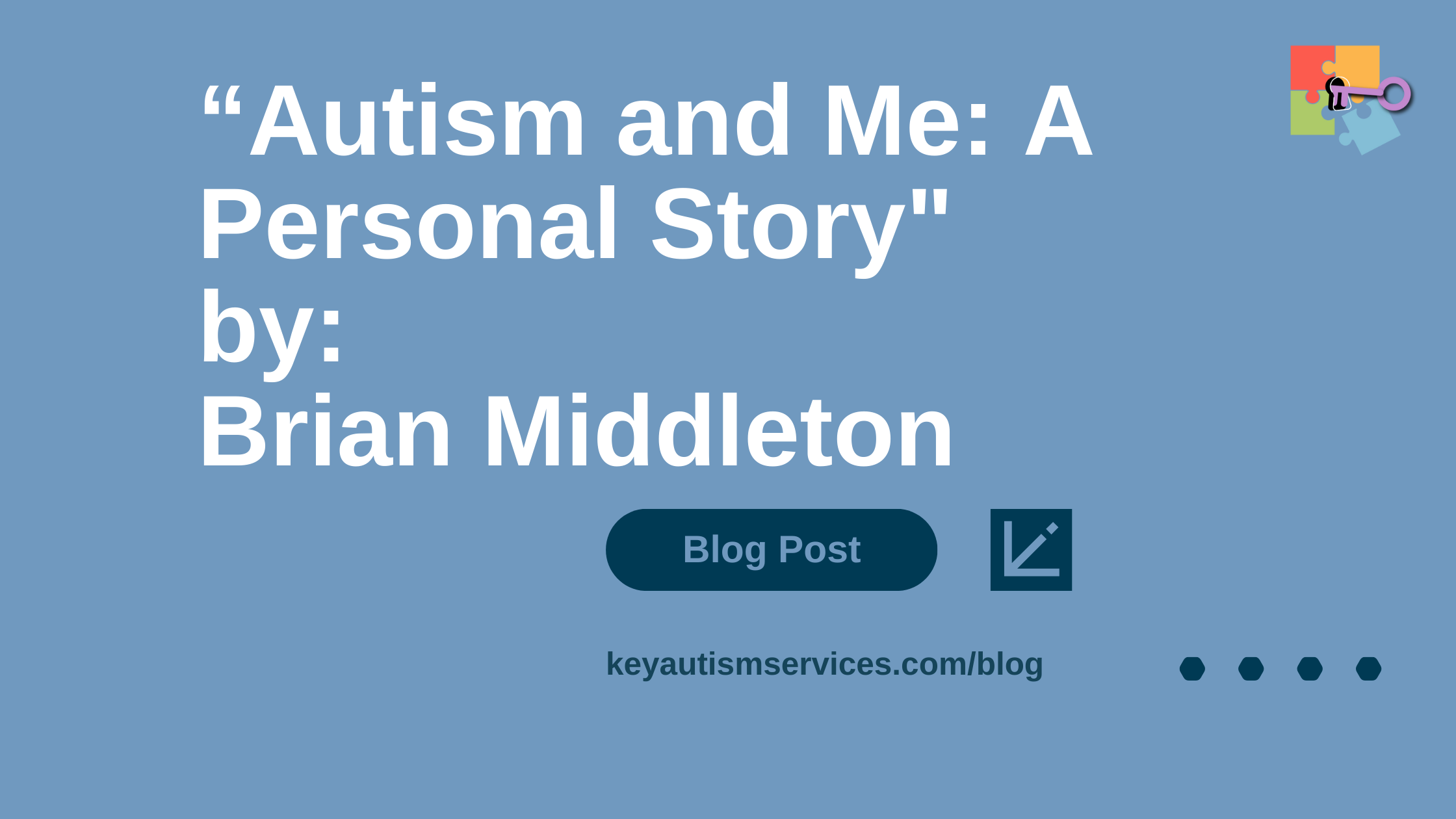Do you like choices in your daily life? Are you ever forced to do something you do not want to do? Do you ever feel that you were not given a chance to decide for yourself? These situations apply to every individual – whether they have a disability or not. When considering the use of Applied Behavior Analysis (ABA) and working with individuals with Autism and other developmental disabilities, Informed consent is an essential requirement before any work on the treatment of the individuals can begin. Obtaining Informed consent is fundamental and is a familiar term that most people grasp.
According to the Behavior Analyst Certification Board (BACB), the Ethics Code states the following:
“2.11 Obtaining Informed Consent Behavior analysts are responsible for knowing about and complying with all conditions under which they are required to obtain informed consent from clients, stakeholders, and research participants (e.g., before initial implementation of assessments or behavior-change interventions, when making substantial changes to interventions, when exchanging or releasing confidential information or records). They are responsible for explaining, obtaining, reobtaining, and documenting required informed consent. They are responsible for obtaining assent from clients when applicable.”
Most practitioners believe that once consent is obtained from parents or caregivers, they are free to do their job which is to work with individuals with Autism or other disabilities on goals in their treatment plans. They assume that they have done their part by obtaining consent, and do not give further weight to that individual’s opinions on the matter due to that individual’s inability to verbalize or communicate that opinion. This thus brings us to our need to understand the term “Assent”.
More recently, there has been an increase in arguments against the use of Applied Behavior Analysis (ABA) strategies such as extinction and implementation of certain procedures that are perceived as rigid and even punishing. There is a big push for all ABA providers to ensure that any type of punishment procedure is used as a last resort. Punishment is being given a bad name but even punishment, when used correctly, carefully, and sparingly, and in combination with strong reinforcement and replacement behavior systems in place, can make a positive difference for learners. Reiterating what real ABA is staying true to the science and implementing methods that are respectful and welcoming to the learner is the emphasis of the day. All the researchers and proponents of ABA are spreading the word every day to help strengthen this understanding.
Understanding what Assent is and Why it is Important:
What is Assent? Assent is an even more important term and concept that includes but is not limited to the understanding of basic rights, freedom of choice, opinion, decision-making, etc. in one’s own life. In plain words, Assent is the individual’s agreement and approval of their treatment. Any person, regardless of age, ability, gender, ethnicity, culture, etc. should have an opinion on their matters and be respected when expressed vocally or non-vocally.
The importance of assent is required at every level to help support autonomy and self-advocacy. Let us look at specific examples of assent and withdrawal of assent in the ABA world:
Here are 6 Indicators of Assent:
- When the learner’s facial expression shows that they are content. The learner is smiling and is relaxed when approached.
- When the learner nods, or has a calm body when work is presented.
- Learner actively participates by engaging in the task without any engagement in problem behaviors or resistance.
- The learner reaches out to the instructor by calling out to the instructor, raising hands, pointing, lifting hands, using an AAC device to say something, or even eye contact.
- When given an instruction, the learner’s body is oriented to the instructor and is attentive.
- Verbally or non-verbally responds to the instruction given.
Indicators of Withdrawal from Assent:
- Mild indicators could include moving away, turning the body away from the task or instructor, saying no, crying, whining, pushing materials away, etc.
- Moderate to severe indicators could include eloping out of the room, dropping to the floor crying, yelling, or cussing, hitting, or kicking others, biting themselves, or engaging in other self-injurious behavior, etc.
Points to remember as a Practitioner:
- Remember that Assent can be withdrawn at any time and does not mean that when the learner agrees to do something, this applies to the entire time the activity is scheduled.
- The learner must always be monitored for any withdrawal of assent through different verbal or non-verbal cues.
- Pay attention to the facial expressions and body language of every learner. The non-verbal cues could indicate discomfort or unwillingness to engage in any task given.
- Each of the instructors must have patience and an understanding that this is going to take time and effort to change the mindset of all those working with learners with special needs.
5 Strategies to pay attention to:
- Monitoring any indication of withdrawal of assent or resistance to any instruction given and immediately withdrawing from continuing with the instruction. One may question this as reinforcing the learner and will cause this refusal behavior to increase in the future. This may be indicative of reinforcing problem behaviors for the moment but when considering long-term outcomes, we are establishing the learner with the knowledge that their withdrawal of assent is respected, and that the learner’s voice is being heard. Doing this will prevent more intensive problem behaviors since milder problem behaviors are addressed immediately.
- Using Functional Communication Training (FCT) to support and promote communication is very important. Teach the learner to say “Stop”, “No”, and “break”, etc. and immediately honor the learner when they use these words each time and demonstrate that they have been heard by backing away. Increase communication skills by teaching the learner to gradually increase the use of language and eventually make more complex sentences with ease. For a limited or non-verbal learner, having them use an AAC device can be equally effective. FCT is a very useful teaching methodology that will increase self-advocacy and independence in the learner’s life.
- Consider the learning environment: Is the work itself faulty by being too hard, too easy, boring, etc..; Is the workplace too stuffy, brightly lit, or dark, or too many things on the wall, etc.?; Is the instructor not paired well enough with the learner or is too relaxed, too intense, etc.; Are the materials not fun, too difficult to use, not of interest, etc.?
- Monitor data collection, reflect on what is and is not working, ensure adequate training is provided to anyone working with the learners on pairing, make sessions fun, keep the work varied and interesting, etc.
- Ensure periodic preference assessments are conducted to ensure that effective reinforcement systems can be put in place to support productive teaching and learning sessions.
These strategies can be adapted and applied in the home environment as well. Caregivers and their ABA teams should discuss this important topic as it transcends all the stakeholders and will teach the learner to be confident and independent thereby increasing their quality of life no matter who they encounter. Guidance on implementation of programs while giving importance to assent and assent withdrawal is here to stay and will continually be beneficial for all. For more information, contact Key Autism Services by clicking HERE, or by calling (888) 329- 4535.
References
Behavior Analyst Certification Board. (2022). Ethics code for behavior analysts. https://www.bacb.com/wp-content/uploads/2022/01/Ethics-Code-for-Behavior-Analysts-230119-a.pdf
Hanley, Greg. A Perspective on Today’s ABA from Dr. Hanley.” Practical Functional Assessment, 19 Oct. 2021. “https://practicalfunctionalassessment.com/2021/09/09/a-perspective-on-todays-aba-by-dr-greg-hanley/






